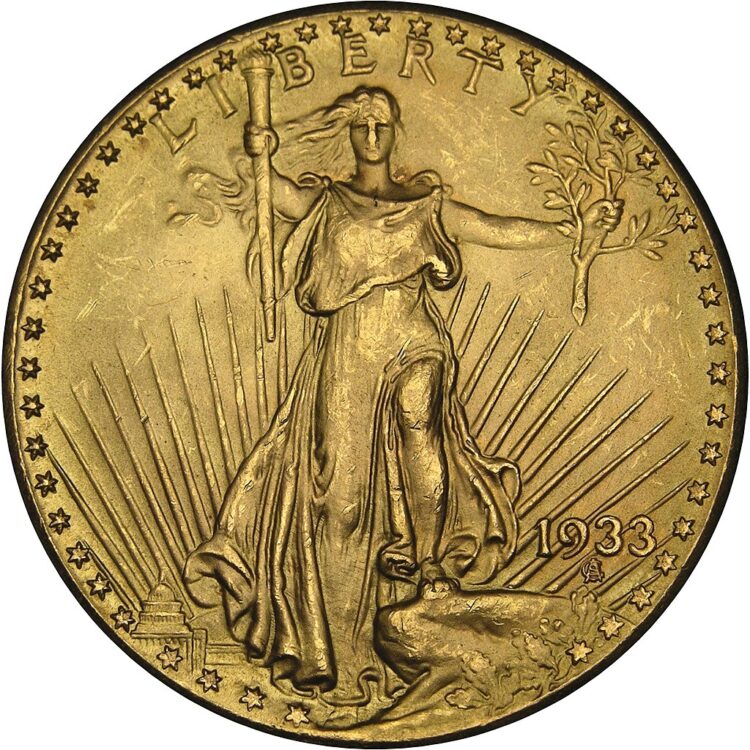
Collecting valuable items has been a long-standing hobby for many people throughout history. From famous paintings to rare movie posters, there is a market for almost every imaginable collectible. As the interest in these prized possessions grows, the value of the most expensive collectibles continues to soar, with some items fetching staggering amounts at auctions.
Some of the most valuable collectibles in history include auction records such as the 1931 Dracula movie poster which sold for $525,800, making it the most expensive poster ever auctioned. Toys and action figures also hold significant value, with a Star Wars Boba Fett rocket-firing prototype figure from 1979 being sold for an impressive $204,435 in March 2022. The world of collectibles is vast and covers a wide array of objects, each with their own history and unique value.
As collectors continue their pursuit for the rarest and most valuable items, the prices for these collectibles are expected to rise further. It is essential for both beginners and experienced collectors to stay informed about the market trends and educate themselves about the history of these precious pieces. With careful research and dedication, collectors can potentially uncover hidden gems and add incredible value to their collection.
The Most Expensive Collectibles
Most Expensive Rare Coins
Rare coins have always been valuable collectibles because of their historical significance and rarity. Notable examples include the 1933 Double Eagle coin, which sold for $7.6 million, and the 1794 Flowing Hair dollar that fetched $10 million at auction.
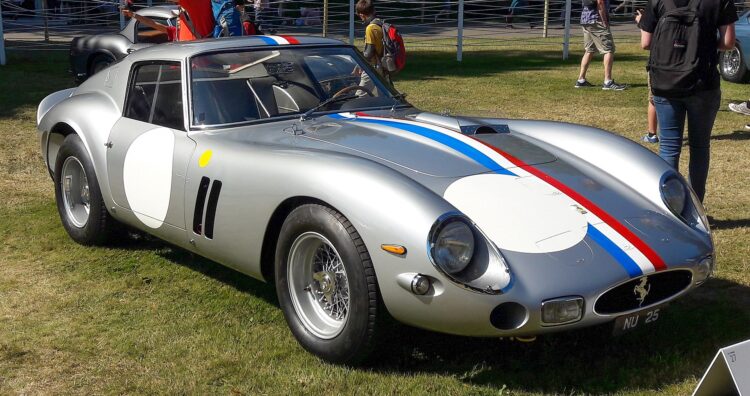
Most Expensive Vintage Cars
Vintage cars are incredible pieces of engineering and history, garnering significant attention from wealthy collectors. The 1962 Ferrari 250 GTO, which sold for $48.4 million, currently holds the record as the most expensive vintage car ever sold.
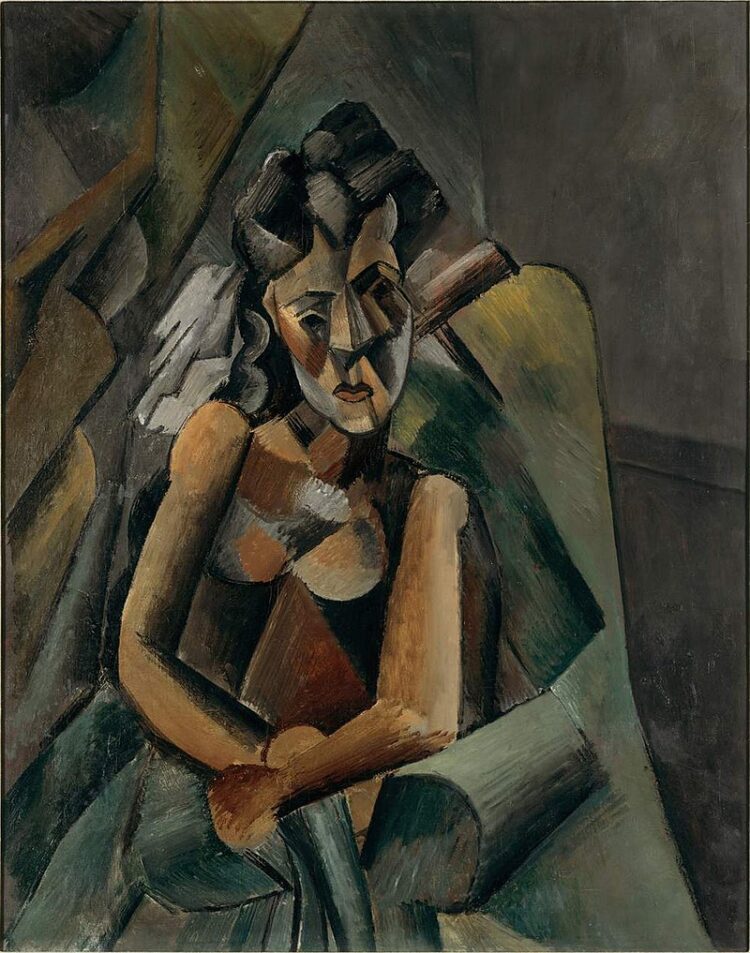
Most Expensive Fine Art
Artwork by legendary artists such as Leonardo da Vinci, Pablo Picasso, and Vincent Van Gogh have consistently fetched astronomical prices at auction. The record holder is Leonardo da Vinci’s “Salvator Mundi”, which was sold for $450.3 million in 2017.
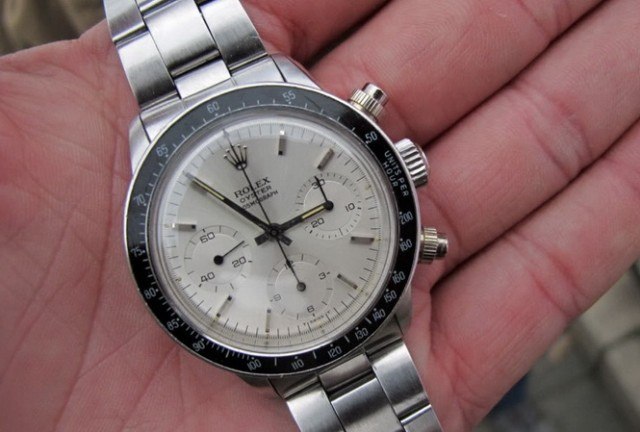
Most Expensive Luxury Watches
High-end watches are known for their intricate craftsmanship and exclusivity. A standout example is the Graff Diamonds Hallucination watch, which features 110 carats of rare colored diamonds and is valued at a staggering $55 million.
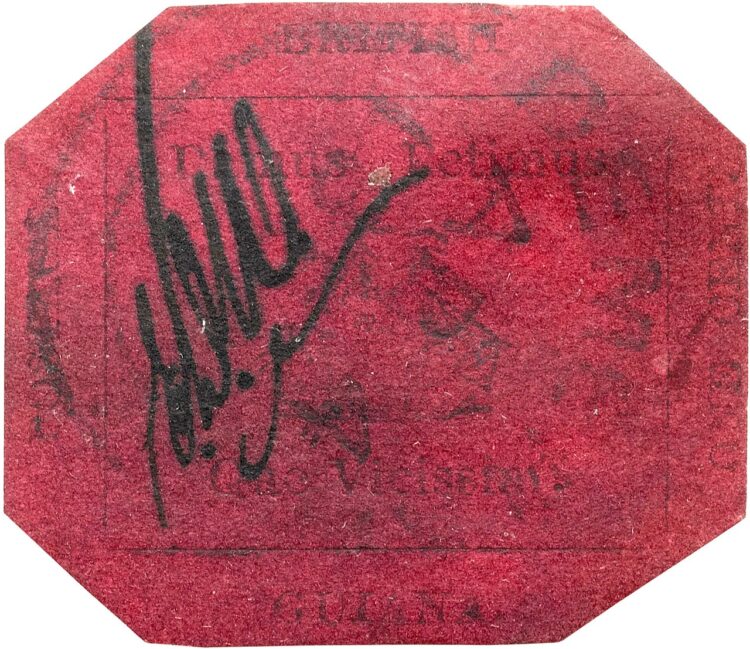
Most Expensive Rare Stamps
Stamp collecting has been a popular hobby for centuries, with rare specimens reaching incredible values. The British Guiana 1c Magenta stamp, for instance, fetched an astounding $9.5 million at auction in 2014.

Most Expensive Comic Books
Rare and vintage comic books, especially those featuring iconic superheroes, are highly sought after by collectors. A near-mint copy of the 1938 Action Comics #1, which introduced Superman, famously sold for $3.2 million.
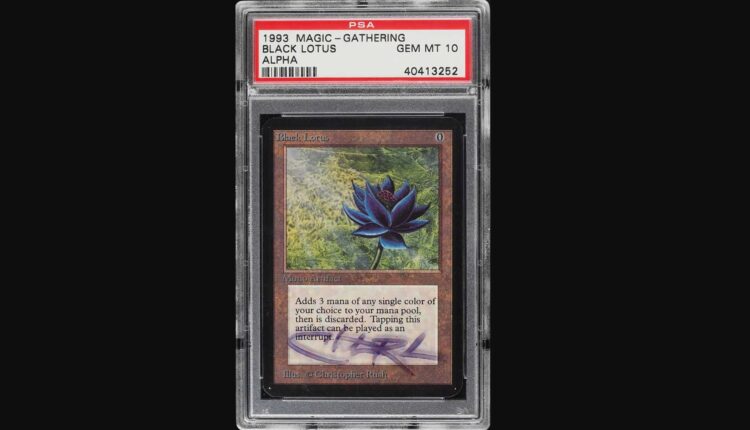
Most Expensive Board Games
High-end board games can boast exceptional design, craftsmanship, and often gemstones as embellishments. An example of such a collectible is the Charles Hollander Backgammon set, which is adorned with 60,000 diamonds and priced at around $5 million.
Most Expensive ‘Star Wars’ Collectibles
The fan-favorite ‘Star Wars’ franchise has produced numerous valuable collectibles, such as a vinyl-caped Jawa action figure that fetched $18,000, and an original 1978 Darth Vader action figure that sold for $8,000.
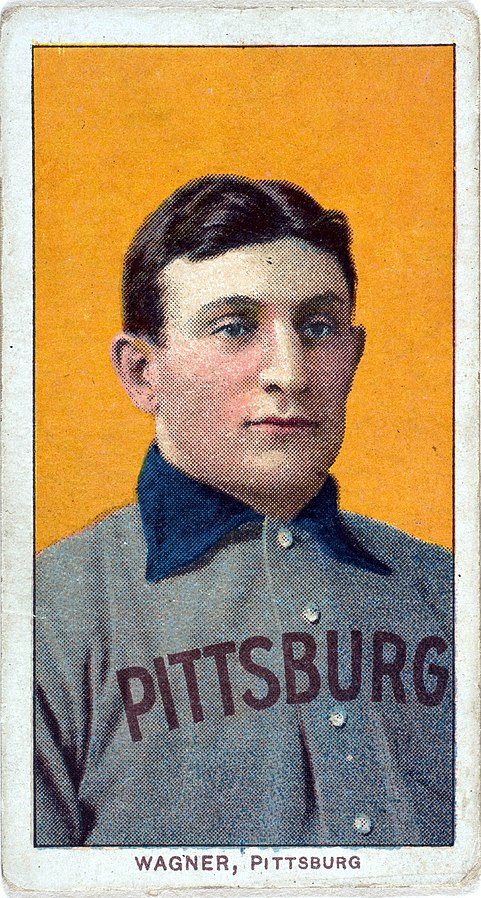
Most Expensive Trading Cards
Trading cards featuring athletes and fictional characters can be highly valuable if they are rare or in pristine condition. Examples include the Honus Wagner T206 baseball card, which sold for $3.12 million, and the first edition holographic Charizard Pokémon card that garnered $230,000 at auction.
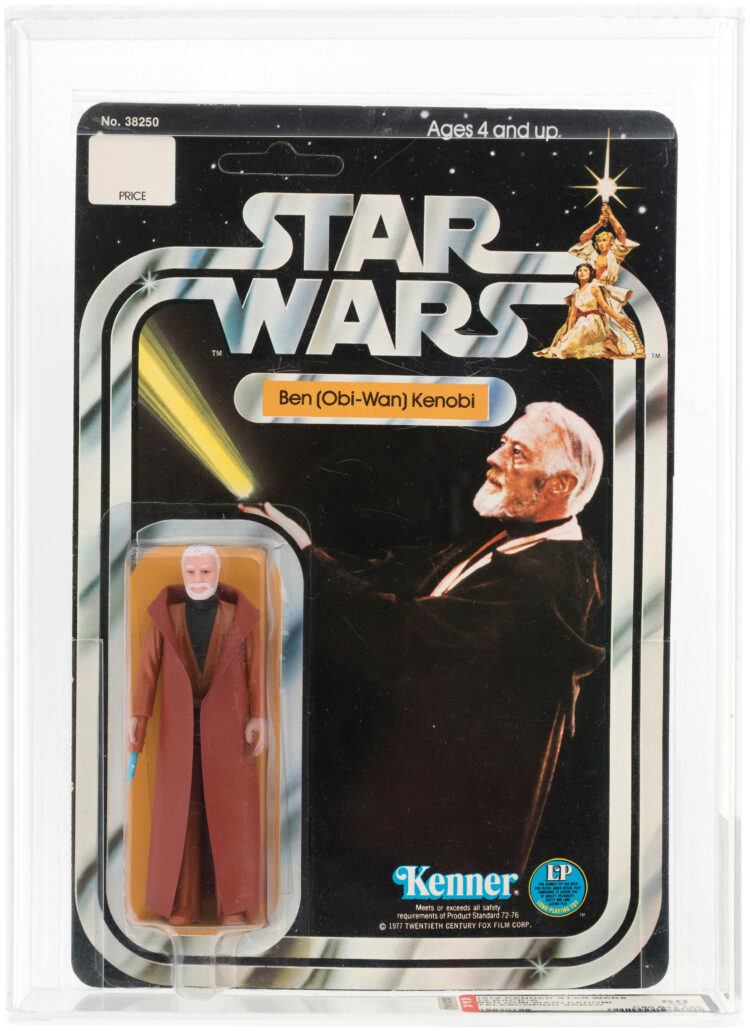
Most Expensive Action Figures
Rare action figures, such as the previously mentioned ‘Star Wars’ examples, can fetch sizable amounts. Another example is the 1979 “Alien” action figure, which was deemed too terrifying for children and discontinued, making it a valuable collectible that has sold for over $10,000.
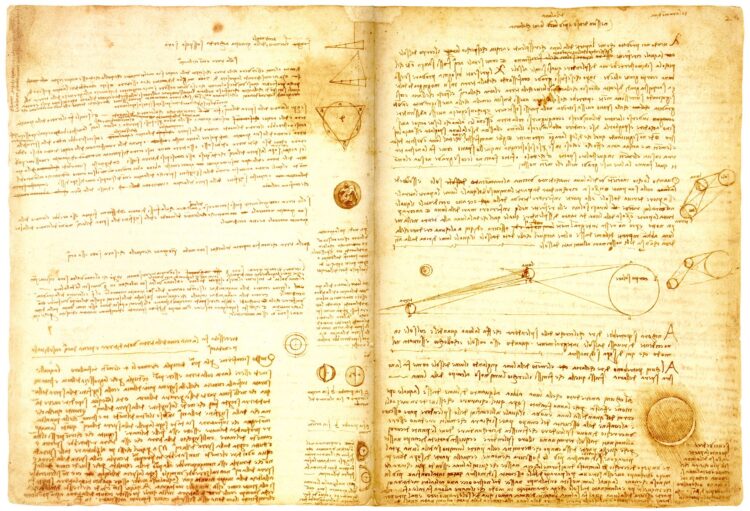
Most Expensive Books
Rare and antique books have long been prized by collectors. The famous Gutenberg Bible, printed in 1456, holds a value of over $25 million. Another example is the first edition of “Harry Potter and the Philosopher’s Stone,” which can garner more than $50,000.
Most Expensive Toys
Some toys become highly collectible due to their rarity, design, or association with famous characters. The 1962 G.I. Joe prototype, for example, is valued at approximately $200,000 due to its significance in the history of action figures.
Most Expensive Movie Collectibles
Famous movie props and memorabilia can be highly sought after, such as the $5.375 million Robby the Robot prop from the 1956 film “Forbidden Planet” and the iconic Ruby Red Slippers from “The Wizard of Oz,” which were insured for $1 million.

Most Expensive Music Memorabilia
Items once owned or used by legendary musicians can become extremely valuable, such as John Lennon’s piano, which fetched $2.37 million, and Jimi Hendrix’s guitar that sold for $2 million.
Most Expensive Sports Memorabilia
Sports fans and collectors are willing to pay high prices for historically significant items, such as the 1859 “Laws of Baseball” documents, which sold for $3.26 million, and Babe Ruth’s 1920 Yankees jersey, which fetched $4.4 million.

Most Expensive Movie Posters
Classic movie posters, especially those from iconic films, can fetch substantial sums. One example is the original 1932 “The Mummy” movie poster that was sold for $453,500 in 1997.
Most Expensive Collectible Statues
High-quality, limited edition statues can demand significant prices in the collectibles market. An example of this is the life-sized bronze Spider-Man statue, which is valued at over $65,000.
Most Expensive Video Game Collectibles
Some video game collectibles can reach astounding values, such as the “Nintendo PlayStation” prototype console, which sold for $360,000, and the extremely rare 1990 Nintendo World Championships cartridge that is valued at around $100,000.
Most Expensive Medals and Badges
Special medals and badges awarded for extraordinary achievements or to commemorate significant events can be highly collectible. One notable example is the Victoria Cross medal, which has fetched up to $1.3 million at auction.
Most Expensive Dolls
Some dolls reach extraordinary values due to their rarity, design, or association with famous brands. The Stefano Canturi Barbie, which features real diamonds, sold for over $300,000 at a charity auction in 2010.
Most Expensive Jewelry
Highly sought-after, rare pieces of jewelry can bring in staggering amounts, such as the Pink Star Diamond, which sold for $71.2 million, and the Hope Diamond, which is estimated to be worth between $200-$250 million.
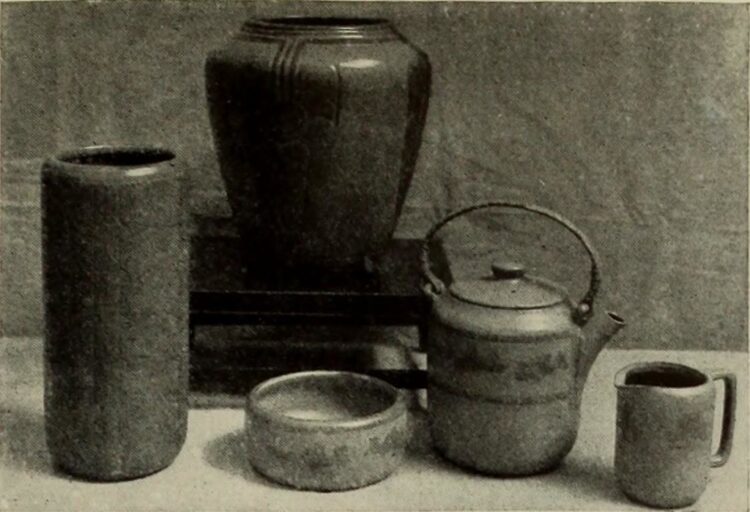
Most Expensive Pottery
Rare and intricately designed pottery can fetch high prices in the world of collectibles. Examples include the $53 million “Meiyintang” Chicken Cup from China’s Ming Dynasty and the $1.5 million “Vase with Fifteen Sunflowers” created by British ceramics artist Kate Malone.
Factors That Increase Collectible Value
When assessing the value of a collectible, several key factors determine its worth. This section explores three main aspects that contribute to the value of collectibles: Rarity, Provenance, and Condition.
Rarity
A crucial attribute of valuable collectibles is their rarity. The scarcer an item is, the higher its demand and value. Rarity can be attributed to factors like limited production, discontinuation, or unique features that set the item apart from others.
For example, rare coins with a low mintage or classic cars produced in limited editions can fetch a premium in the collectors’ market due to their scarcity.
Provenance
Provenance refers to the documented history and ownership of an item. A clear and well-documented provenance not only indicates authenticity but also adds to the value of a collectible by connecting it to its historical context and past owners, especially if the item has been associated with famous or noteworthy individuals.
Examples of collectibles with strong provenance include artworks with a detailed history of exhibition and ownership or signed memorabilia linked to prominent personalities.
Condition
The condition of a collectible plays a significant role in determining its value. Items that are well-preserved or show minimal signs of wear often command higher prices in the market. Collectors typically look for items in mint, near-mint, or excellent conditions, as they represent the best examples of a specific collectible.
For instance, collectors would value a well-maintained first edition book more highly than a damaged or worn-out copy of the same edition.
These factors—Rarity, Provenance, and Condition—shape and influence the value of collectibles. Keeping them in mind while evaluating an item can help collectors make informed decisions about acquisitions and sales.
Investing in Expensive Collectibles
Investing in expensive collectibles can be an exciting and potentially profitable venture for enthusiasts and investors alike. This section will discuss the pros and cons of investing in high-end collectibles, as well as provide an overview of current market trends.
Pros and Cons
One of the primary benefits of investing in expensive collectibles is the potential for substantial returns. For example, the Flowing Hair Silver Dollar minted in 1794 was valued at over $10 million by September 2020, making it the most expensive coin in the world. Another notable instance is the Rothschild Fabergé egg, which sold at auction in 2007 for $18.5 million.
Investing in collectibles also provides a sense of personal satisfaction and emotional fulfillment for collectors. Acquiring rare and valuable items can often be a thrilling pursuit that appeals to individuals across a wide range of demographics and interests.
However, there are several downsides to consider when investing in collectibles. First, the market for high-end collectibles can be volatile, with values fluctuating based on factors like rarity, condition, and demand. Additionally, proper storage and insurance costs can be substantial, with insurance typically costing 1% to 2% of the item’s value per year.
Market Trends
The market for expensive collectibles has seen significant growth in recent years, fueled in part by an increasing number of high-net-worth individuals looking to diversify their investment portfolios. Some of the most valuable types of collectibles include:
- Coins
- Fine art
- Classic and exotic cars
- Jewelry
- Fabergé eggs
Technology has also had a significant impact on the market, with the advent of online auction platforms and digital marketplaces facilitating transactions and increasing accessibility for collectors worldwide.
Protecting and Insuring Your Valuable Collectibles
Collecting valuable items can be an enjoyable and rewarding hobby. However, as the value of your collection grows, it becomes increasingly important to ensure its protection and preservation. Here, we will discuss some steps and options for protecting and insuring your valuable collectibles.
Proper storage and maintenance are crucial for preserving the condition and value of your items. To prevent damage, collectors should consider:
- Storing collectibles in a climate-controlled environment, away from direct sunlight, moisture, and extreme temperatures.
- Using protective cases, sleeves, or display cabinets made of archival quality, acid-free materials.
- Regularly cleaning and inspecting items for signs of damage or deterioration, while handling them with care and wearing gloves if necessary.
Additionally, it is essential to maintain an up-to-date inventory of your collection, including detailed descriptions, photographs, and appraisal documents. This information can be pivotal when it comes to filing an insurance claim or selling your collectibles.
Insurance coverage can provide an added layer of protection for your valuable collectibles. While standard homeowners’ insurance may offer limited coverage for personal property, it might not be sufficient for high-value items or extensive collections. Therefore, you may need to consider purchasing a separate collectibles insurance policy.
Some options for insuring your collectibles include:
| Insurance Provider | Key Features |
|---|---|
| MiniCo Insurance | Coverage up to $1 million, competitive premiums, $0 deductibles |
| Chubb | Referrals to qualified collectible professionals for appraisals, storage, and transportation |
| Antiques & Collectibles Insurance | Specialized policies for hard-to-replace belongings, independent agent matching |
Before selecting an insurance provider, be sure to research and compare different policies to find the one most suitable for your specific collection and needs. Insuring your valuable collectibles can offer you peace of mind and ensure that your cherished items are protected for years to come.
